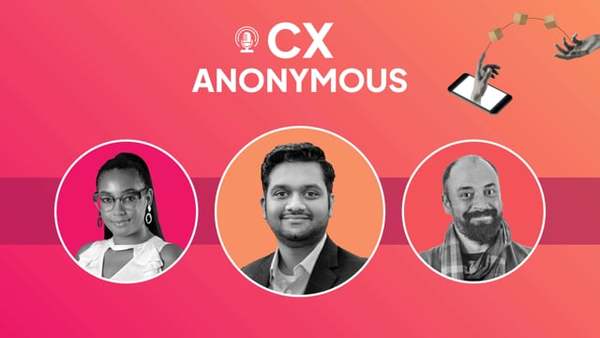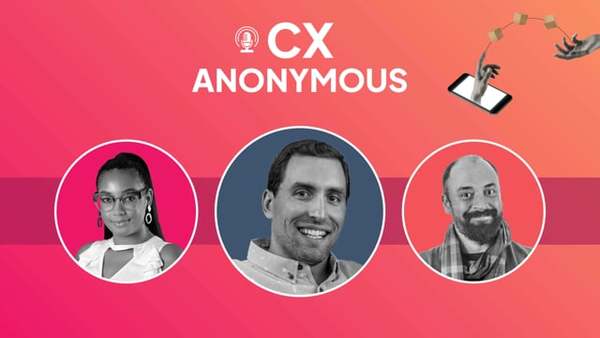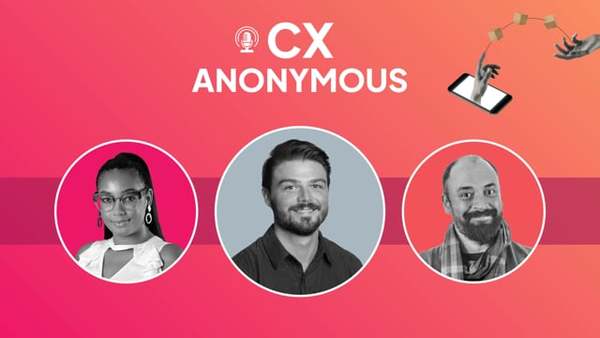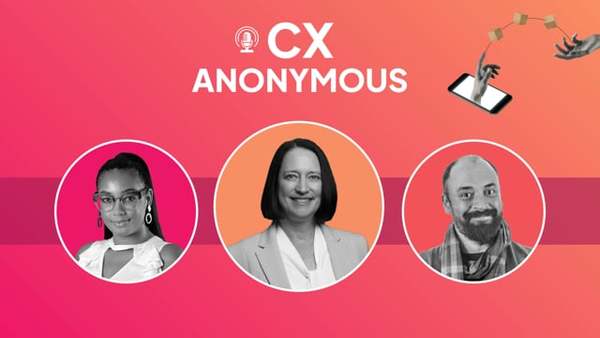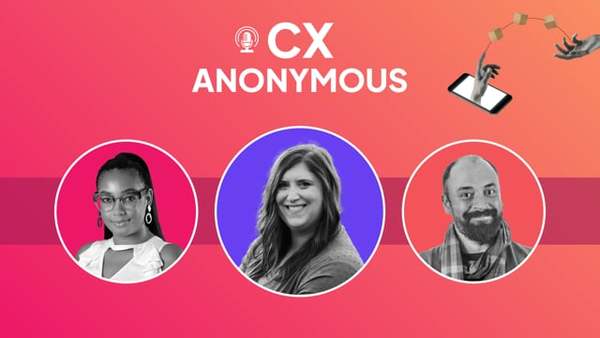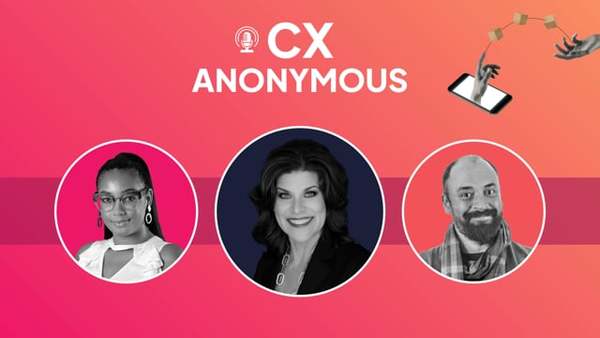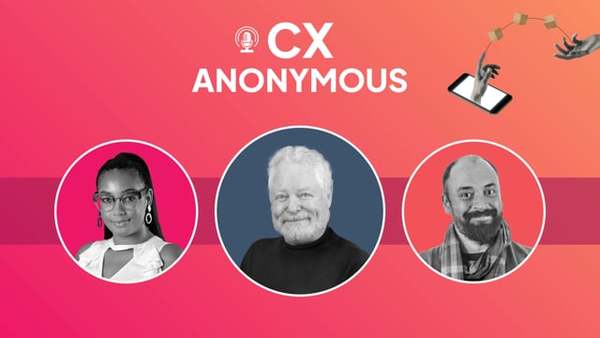Tuhin, Head of Product Development at Annex Cloud, joins the show to shed light on the power of innovation provided by cloud-based solutions. He dives deep into the concept of future-proofing projects, a critical strategy for businesses aiming to stay ahead of the curve in the ever-evolving MarTech landscape.


